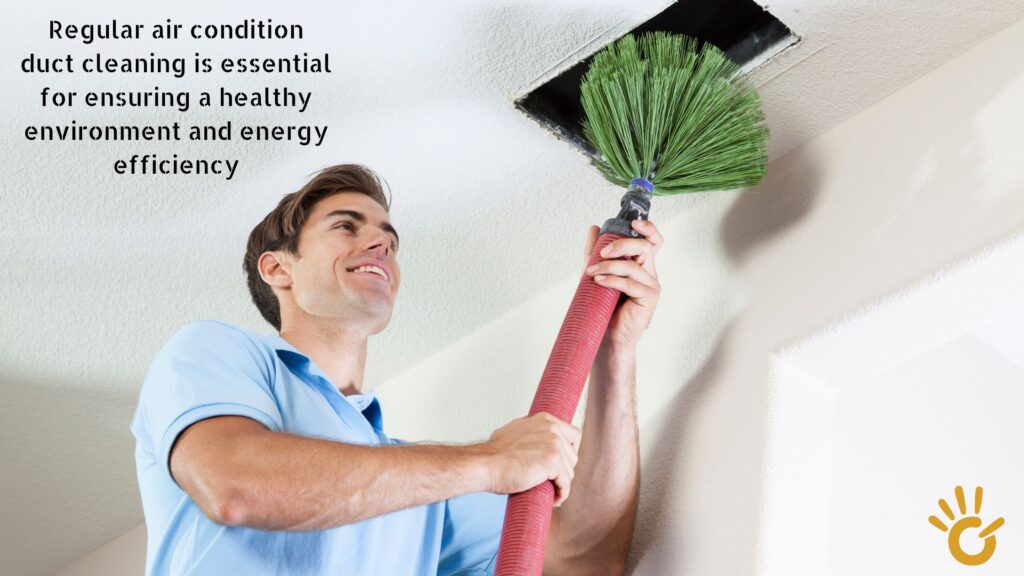Tired of unwanted pests invading your home? DIY pest control offers an effective and often more affordable way to tackle the problem. This article provides a comprehensive guide to safe and natural DIY methods, from identifying common pests to implementing preventative measures and using pet-friendly solutions.
Discover how to protect your home and family from pests without resorting to harsh chemicals or breaking the bank.
Is DIY Pest Control Right for You?
While DIY pest control can be a great solution for many homeowners, it’s important to know when it’s the best approach and when it’s time to call in the professionals.
When DIY Pest Control Is Effective
DIY methods can be highly effective for:
● Minor Infestations: If you’re dealing with a small number of ants, cockroaches, spiders, or other common household pests, DIY solutions can often bring the situation under control.
● Common Household Pests: Many readily available products and techniques are designed to target common pests. You can find solutions specifically for ants, cockroaches, spiders, silverfish, and more.
● Preventative Measures: One of the most important aspects of pest control is prevention. DIY efforts focused on sealing entry points, maintaining cleanliness, and managing moisture can significantly reduce the chances of an infestation in the first place.
For example, if you notice a few ants trailing into your kitchen, you can use DIY methods like boric acid baits, diatomaceous earth, or even a simple solution of soapy water to disrupt their trail and deter them from returning. Similarly, sealing cracks and gaps around your home’s foundation can prevent a wide range of pests from entering.
When to Call a Professional Pest Control Service

There are situations where DIY pest control might not be the best option. It’s time to consider calling in professional help when:
● You Have Termites or Bed Bugs: Termites and bed bugs are notoriously difficult to eliminate. They require specialized knowledge, equipment, and often, professional-grade pesticides that aren’t available to the public.
● You Have a Large or Persistent Infestation: If you’ve tried DIY methods and the pests keep coming back, or if the infestation is widespread, it’s time to call an expert. Professionals can assess the situation, identify the root of the problem, and implement a comprehensive treatment plan.
● You Have Concerns About Safety: If you’re unsure about using pesticides safely, or if you have young children or pets, it’s best to leave pest control to trained professionals who can minimize risks.
Professionals also have access to a wider range of treatment options and can provide ongoing monitoring and preventative services to ensure the pests don’t return.
Essential DIY Pest Control Methods
Identifying Your Pest Enemy
The first step in any pest control strategy, whether DIY or professional, is to correctly identify the pest you’re dealing with. Proper identification allows you to target your treatment effectively.
● Visual Inspection: Carefully examine the pests you see. Note their size, color, shape, and any distinctive features.
● Look for Signs: Pest activity often leaves clues. Look for droppings, nests, chewed materials, or shed skins.
● Pest Identification Resources: Use online guides, books, or even mobile apps to help you identify pests.
Once you know what you’re dealing with, you can research the pest’s habits, life cycle, and vulnerabilities, which will guide your control efforts.
Prevention: Your First Line of Defense
Prevention is the most effective and cost-efficient way to manage pests. By taking proactive steps, you can make your home less attractive to pests and reduce the likelihood of infestations.
Sealing Entry Points
Pests can enter your home through incredibly small openings. A thorough inspection and sealing of entry points is crucial for keeping them out.
● Inspect Your Home’s Exterior: Carefully examine your foundation, siding, windows, doors, and roofline for any cracks, gaps, or holes.
● Seal Cracks and Gaps: Use caulk for smaller gaps and expanding foam sealant for larger openings.
● Use Copper Mesh: For openings around pipes or vents, consider using copper mesh as a barrier. Pests often avoid crawling over copper.
● Install Door Sweeps and Weather Stripping: Create a tight seal around doors and windows to prevent drafts and pest entry.
● Check Dryer Vents: Ensure dryer vents have a tight seal and a functioning damper to prevent pests from entering through the laundry room.
Maintaining Cleanliness and Proper Storage
Cleanliness eliminates food sources and harborage areas for pests, making your home less inviting.
● Regular Cleaning: Sweep, vacuum, and mop floors regularly, especially in the kitchen and dining areas.
● Clean Up Spills and Crumbs Promptly: Don’t give pests easy access to food.
● Proper Food Storage: Store food in airtight containers to prevent pests from getting in.
● Store Pet Food Securely: Keep pet food in lidded metal trashcans or sealed plastic containers to deter rodents and insects.
Managing Moisture
Moisture attracts many pests, so reducing excess moisture in and around your home is essential.
● Fix Leaks: Repair any leaks in plumbing, roofs, or windows promptly.
● Proper Ventilation: Ensure proper ventilation in bathrooms, kitchens, and crawl spaces to reduce humidity.
● Keep Gutters Clean: Clogged gutters can lead to water buildup and create damp areas that attract pests.
● Landscaping Techniques: Grade your yard to direct water away from your foundation. Avoid having mulch or soil piled up against your home.
Natural and Pet-Safe DIY Pest Control Solutions
If prevention alone isn’t enough, there are a number of natural and pet-safe DIY solutions you can use to eliminate pests without resorting to harsh chemicals.
Diatomaceous Earth: A Natural Pest Killer
Diatomaceous earth (DE) is a fine powder made from the fossilized remains of tiny aquatic organisms called diatoms. It’s safe for humans and pets but deadly to many insects.
● How it Works: DE’s microscopic sharp particles cut through insects’ exoskeletons, causing dehydration and death.
● Application: Sprinkle DE lightly in areas where pests are active, such as along baseboards, under sinks, and in cracks and crevices.
● Safety: While DE is generally safe, avoid inhaling the dust, as it can irritate the lungs.
Essential Oils: Repel Pests with Pleasant Scents
Certain essential oils have strong scents that can repel pests by disrupting their sense of smell.
● Effective Oils: Peppermint, lavender, tea tree oil, citronella, and lemongrass are known to repel a variety of insects.
● Application: Dilute essential oils in water and spray in areas where pests are present. You can also soak cotton balls in diluted oil and place them strategically.
● Safety: Always use essential oils with caution around pets, as some oils can be toxic to animals. Dilute properly and research pet-safe oils before use.
Boric Acid Baits: A Sweet Trap for Crawling Insects
Boric acid is a naturally occurring mineral that is toxic to insects, particularly ants and cockroaches.
● How it Works: Mix boric acid with something sweet like sugar or honey to create a bait that insects can’t resist. They consume the bait, ingest the boric acid, and die.
● Application: Place boric acid baits in areas where you see pest activity, but make sure they are inaccessible to children and pets.
Traps and Barriers: A Physical Approach to Pest Control
Traps and barriers offer a physical way to capture or deter pests.
● Sticky Traps: These traps use a sticky adhesive to capture crawling insects. Place them in areas where you see pest activity.
● Snap Traps: Traditional snap traps can be used to catch mice. However, humane traps that capture mice without harming them are also available.
● Barriers: Door sweeps, screens, and mesh can be used to physically block pests from entering your home.
DIY Pest Control: Advanced Tips and Tricks
● Pest-Specific Guides: Once you’ve identified your pest, research specific control methods for that species.
● Advanced Trapping and Baiting: Experiment with different bait types and trap placement to increase effectiveness.
● Use Pest Identification Apps: These apps can help you confirm pest identification and offer targeted control advice.
● Address the Root Causes: Identify and fix any underlying issues that are attracting pests, such as moisture problems, food sources, or easy access points.
Conclusion: Mastering DIY Pest Control
DIY pest control can be a safe, effective, and affordable way to protect your home and family from unwanted invaders. By implementing preventative measures, using natural solutions, and understanding when to call in professional help, you can keep pests at bay and enjoy a pest-free home.



